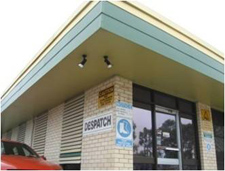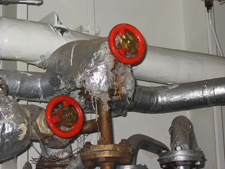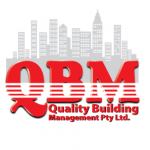When conducting audits of properties, the asbestos assessor may consider that a particular item of material may contain asbestos. It can be assumed that the material does contain asbestos, or a sample can be taken to prove if in fact it does contain asbestos.
The only conclusive method of proving that asbestos is present in material is to analyse the material under a microscope.
 The proper identification and assessment of asbestos containing materials (ACMs) can only be performed by asbestos testing. NATA accredited laboratories are the only competent bodies that should be used for these tests. Certified experts will then perform either bulk testing or air sample testing. The chosen option will depend on the reports from either the asbestos assessor or the occupational hygienist.
The proper identification and assessment of asbestos containing materials (ACMs) can only be performed by asbestos testing. NATA accredited laboratories are the only competent bodies that should be used for these tests. Certified experts will then perform either bulk testing or air sample testing. The chosen option will depend on the reports from either the asbestos assessor or the occupational hygienist.
The analysis of bulk asbestos samples is undertaken by Polarized Light Microscopy (PLM) including dispersion staining techniques. PLM is the preferred method within industry for the analysis of bulk samples mainly due to its simplicity, low cost and detection limits.
Australian Standard AS 4964 “Method for the Qualitative Identification of Asbestos” is the method most NATA accredited laboratories follow when undertaking analysis of bulk samples for asbestos. This method does not allow for a quantification estimation of the amount of fibre present within samples. The method is restricted to the identification of Chrysotile (white) asbestos, Amosite (brown) asbestos and Crocidolite (blue) asbestos only. It does not cover the identification of Tremolite, Actinolite and Anthophyllite asbestos as these asbestos types show a wide range of optical properties that cannot be equivocally identified by PLM and dispersion staining.
The method of analysis involves an initial examination of the fibres under a stereo microscope to observe and record the presence of fibre types. The fibres observed are categorized on the basis of morphology and certain physical properties. The fibres are mounted in a Refractive Index (RI) oil most closely matching the RI of the likely asbestos type. Each fibre type is then positively identified on the basis of matching the optical properties of the sample fibre against the theoretical optical properties of the different asbestos types.
Unequivocal identification of asbestos types includes the use of Dispersion Staining to obtain positive confirmation of the RIs for each asbestos type detected, agreement of appropriate and basic morphological features of the observed fibres and at least 2 and preferably 3 of the optical properties (Pleochroism, Optical Orientation, Optical Orientation) with the theoretical optical properties of standard asbestos fibre types.
Who Needs Asbestos Testing ?
?
All buildings suspected of having ACMs must have an asbestos register and asbestos management plan to comply with Australian legislation. These two documents can only be prepared if a Competent Person is able to confirm the presence of asbestos in a building. When this is done, then an asbestos management plan is prepared to assess how the asbestos will be handled.
Prior to any type of demolition or renovation, it may be necessary to do perform asbestos testing. If you are the person in control of a commercial building, you will also need to conduct asbestos testing to ensure that both your employees and yourself are protected from the dangers of the mineral.

